December 27, 2025
Richmond Generating Station
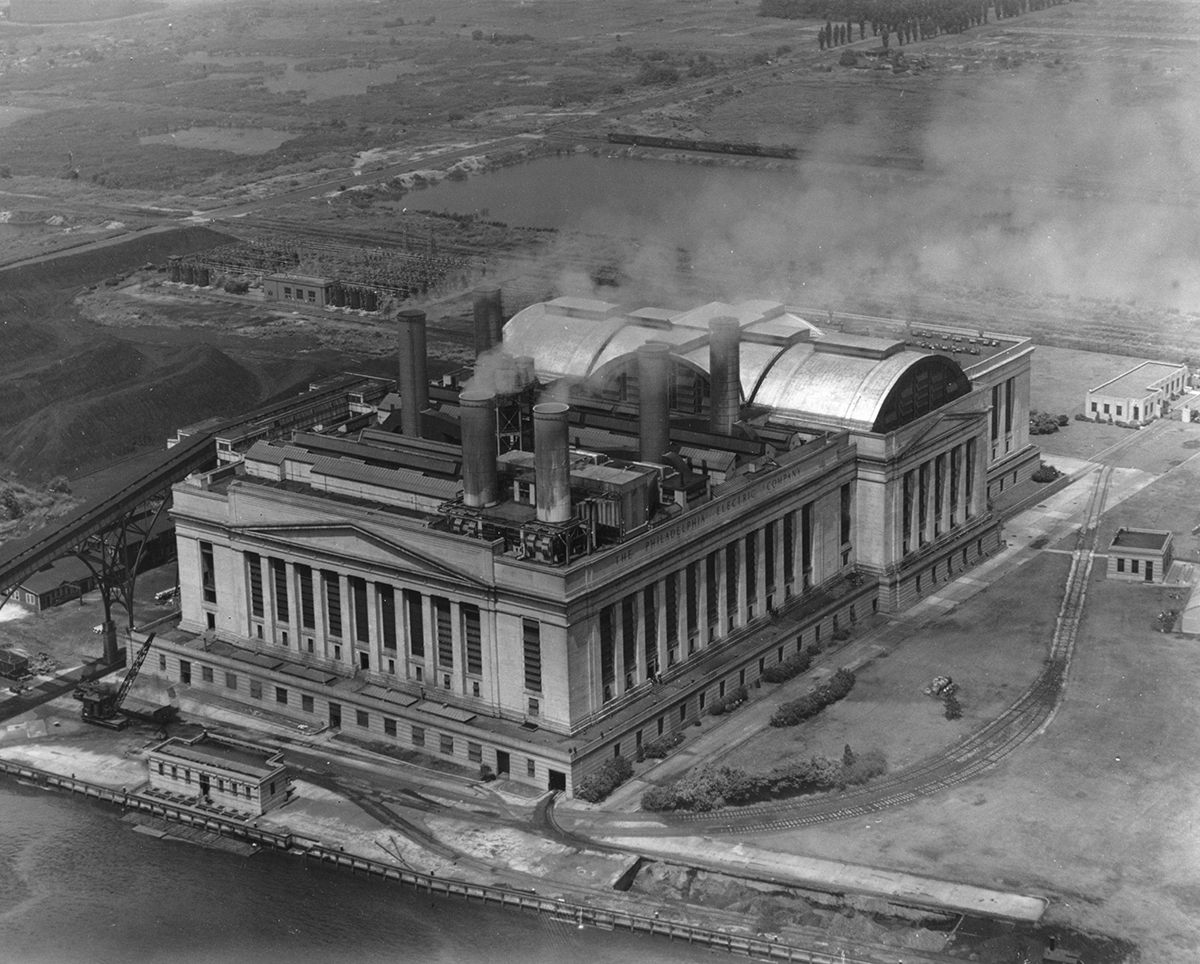
Click here for the video.
History of Richmond Generating Station
Richmond Generating Station was built in 1925 in Philadelphia Pennsylvania along the Delaware River by the Philadelphia Electric Company. As originally designed, the current plant was intended to be number one of three identical facilities constructed together, in phases, as one single and absolutely gigantic power plant. Richmond Generating Station was designed to be an engineering marvel; simultaneously the most technologically advanced and architecturally stunning power plant in existence, in addition to being the largest power plant in the world. To this end, in 1923, company engineers visited a number of the most modern plants across Europe and the United States. The result of their studies formed the basis of ten different initial plant designs based on the information gathered on their research trips. The final design was intended to be 3 functionally independent facilities, the purpose of which was to increase safety to a degree not possible if all of the units were housed in a single building, and to increase reliability to a degree that significant technical issues in one plant would not spill over to take the entire site offline. Furthermore, by building in phases, any new advances in technology could be adapted and deployed within each subsequent installation. Lastly, light and ventilation was found to be more efficiently utilized by the installation of three smaller plants versus one large plant. The plant in its final form was designed by chief engineer Dr William C. L. Eglin and the architect who designed the building was John Torrey Windrim. It was constructed by Stone and Webster Inc using 8,000 tons of cutting-edge silicon steel, plus 3 tons of regular carbon steel, furnished by the American Bridge Company. Construction of the plant was supervised by Alexander Wilson III. Construction began on April 25, 1924.
Richmond Station came online November 16, 1925 with two specially designed 50,000kw General Electric turbo-generators. These generators were reportedly the largest of any plant and the first single shaft turbine machines ever constructed to run at 1,800rpm. The plant was constructed with sufficient space inside the massive turbine hall for future expansion of two additional units which would bring the original minimum expected capacity up to 200MW. This turbine hall was said to be the largest turbine hall in the world at 311’L x 120’W x 152’H. The ceiling design features open steel three-hinged arches of 120′ span which support the roof with two-hinged central arches which span 168′ diagonally. Four large semi-circular windows around the top of the hall provide the main, natural, light for this massive space. The exterior of the plant is white concrete rubbed to resemble stone with reinforced concrete walls and roof slabs throughout, except the turbine hall roof which is gypsum.
By the time that the plant was expanded in 1935 and again in 1950, technology had progressed considerably and the two new generators installed were more than triple the capacity of the originals, at 165MW each. The 1935 generator is a Westinghouse while the 1950 generator is a GE. By this time, the existing generators were running at 60,000kw each thus the total capacity of the plant was brought up to 450MW, which is more than double what was originally planned and which made Richmond the largest plant in the Philadelphia Electric system.
The planned 2nd and 3rd units of the Richmond Station were never built due in part to the subsequent construction of other nearby plants including the notable Conowingo hydroelectric plant which contributed to an overall load capacity that far exceeded demand, and because of economic turmoil in the 1930s. Conowingo, designed by the same engineer, was itself a marvel of engineering; it originally came online in 1928 at 252MW and 100 years later it now generates 527MW, which represents a significant increase over that of its original design with none of the toxic airborne pollutants which are generated by coal burning power plants. Richmond, for example, burned 1,200 tons of coal and consumed 450 million gallons of water per day(!).
Richmond Generating Station was retired in 1985 and for the most part, it has been abandoned ever since. In 1995, the movie Twelve Monkeys was filmed here. In 2024, demolition began in the form of scrapping the turbines and other large equipment.
Historic Photos of Richmond Generating Station
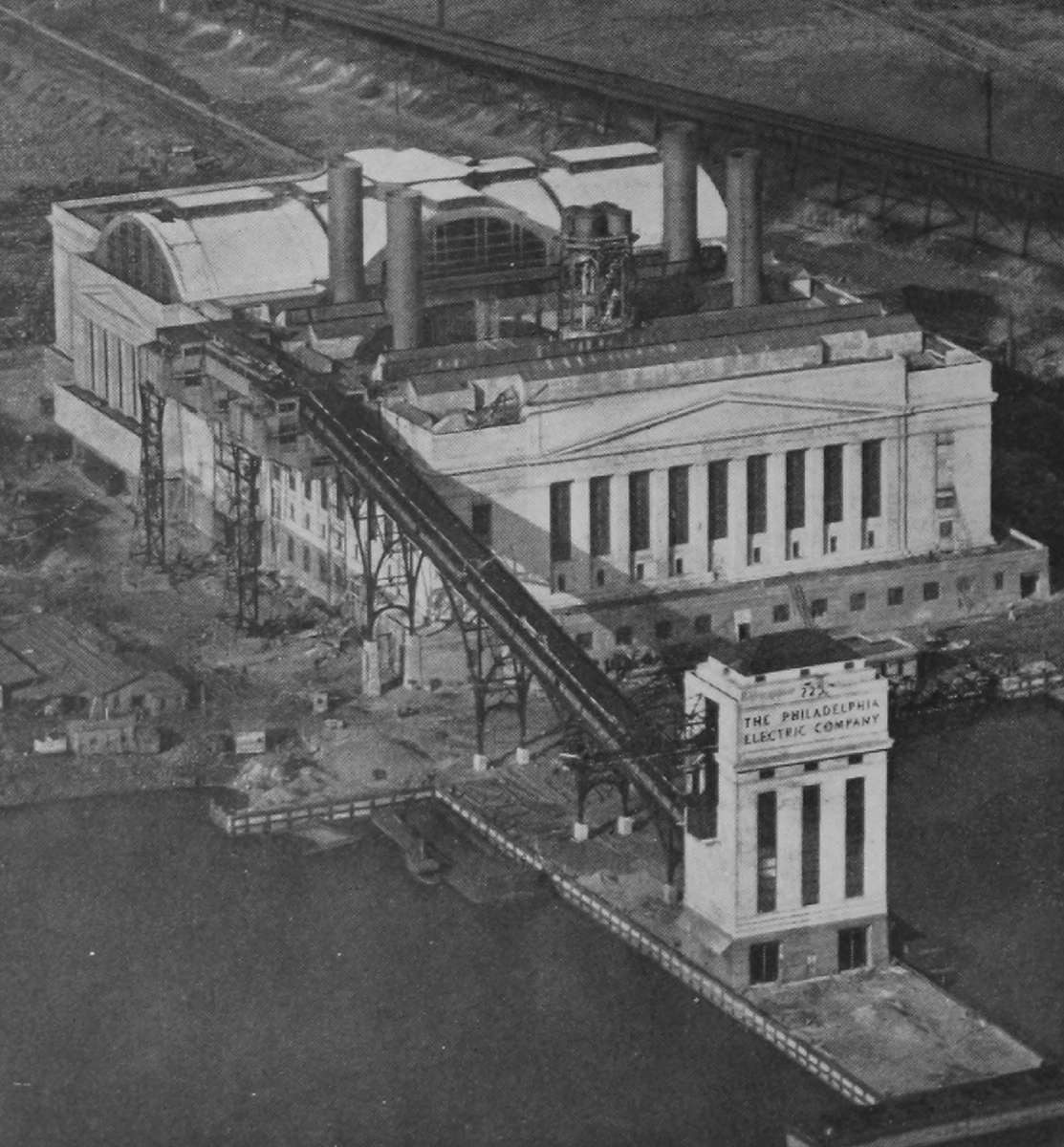
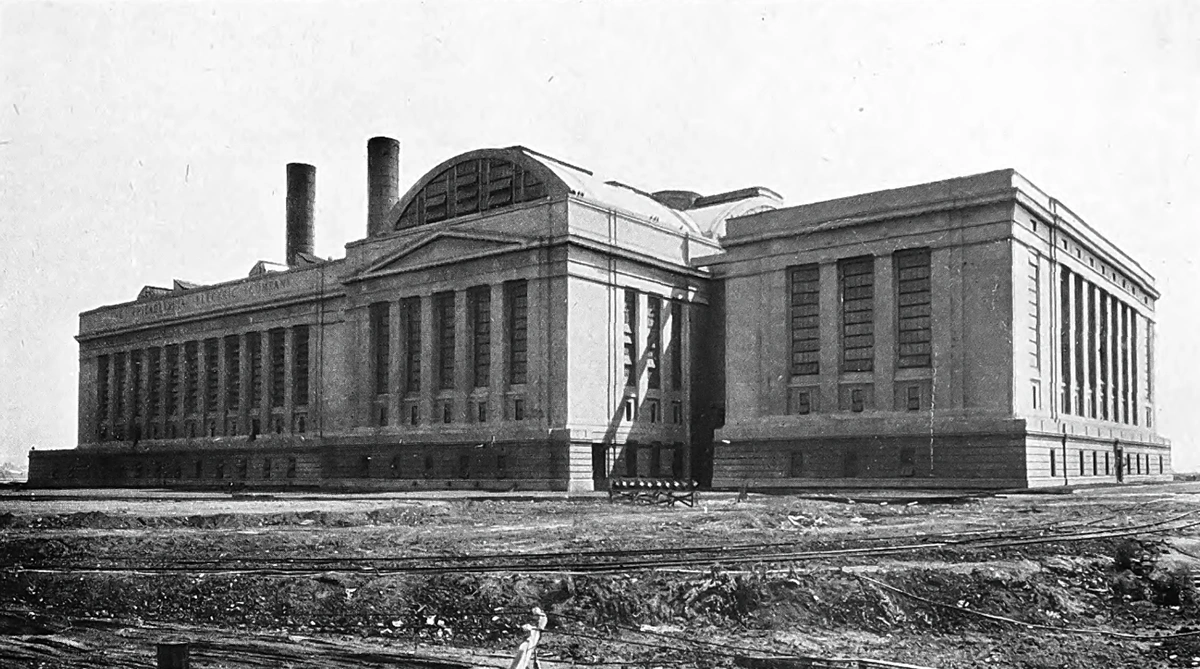
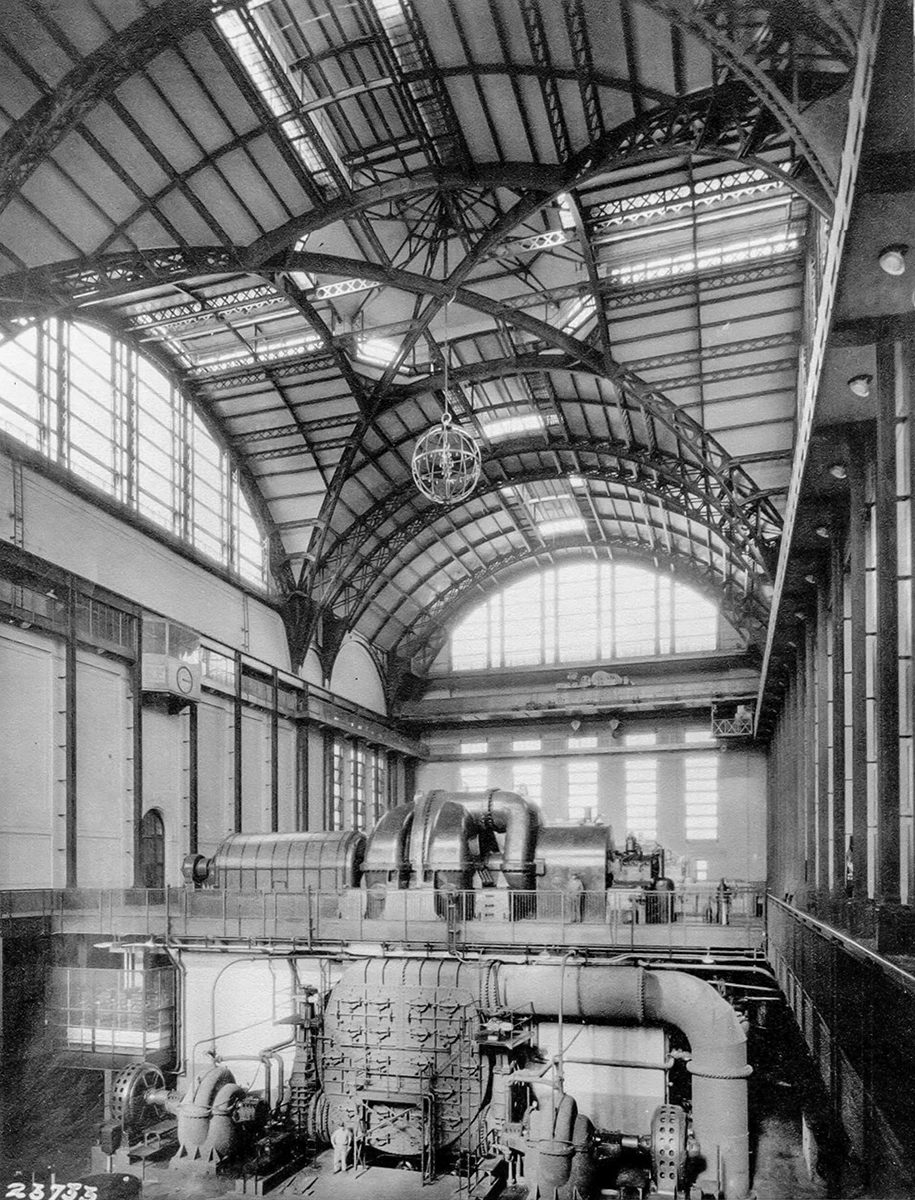
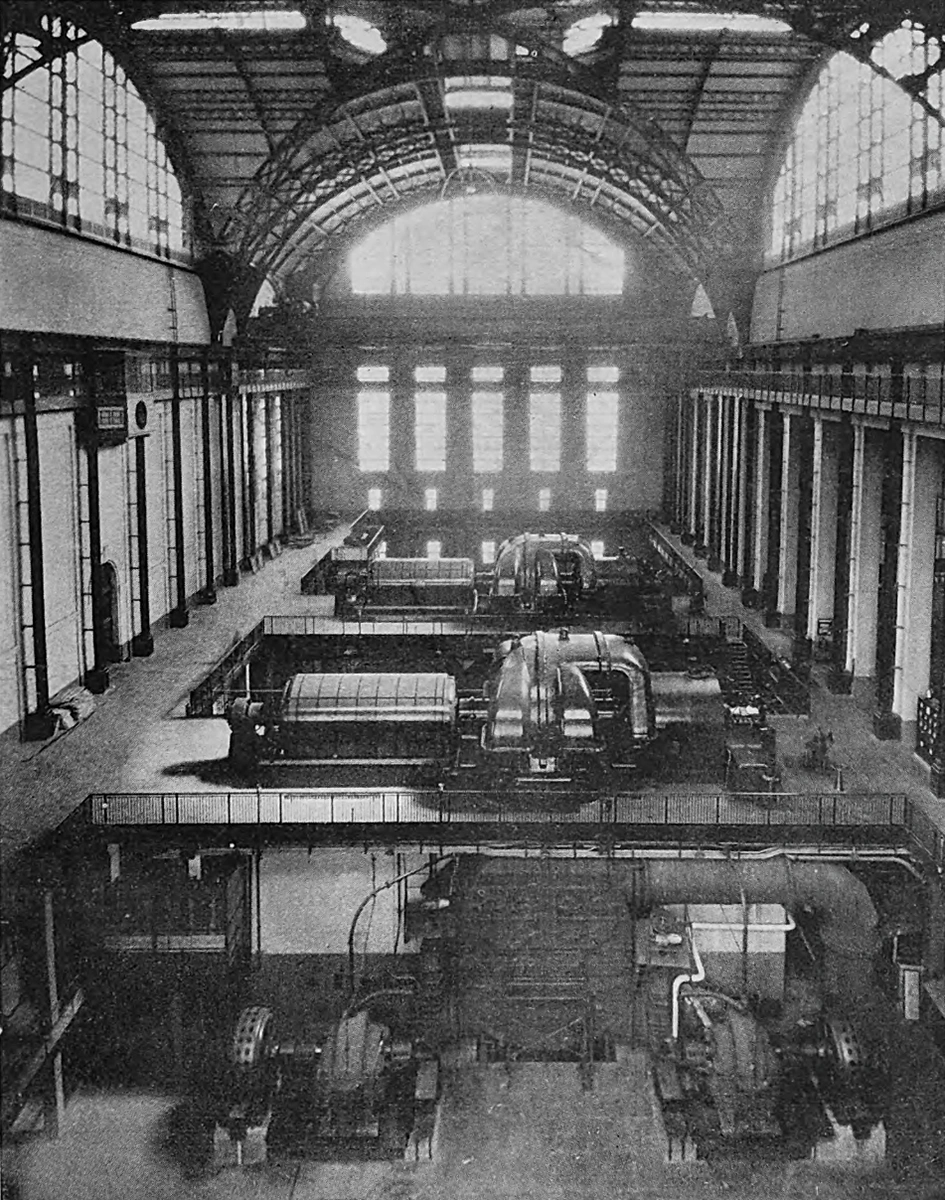
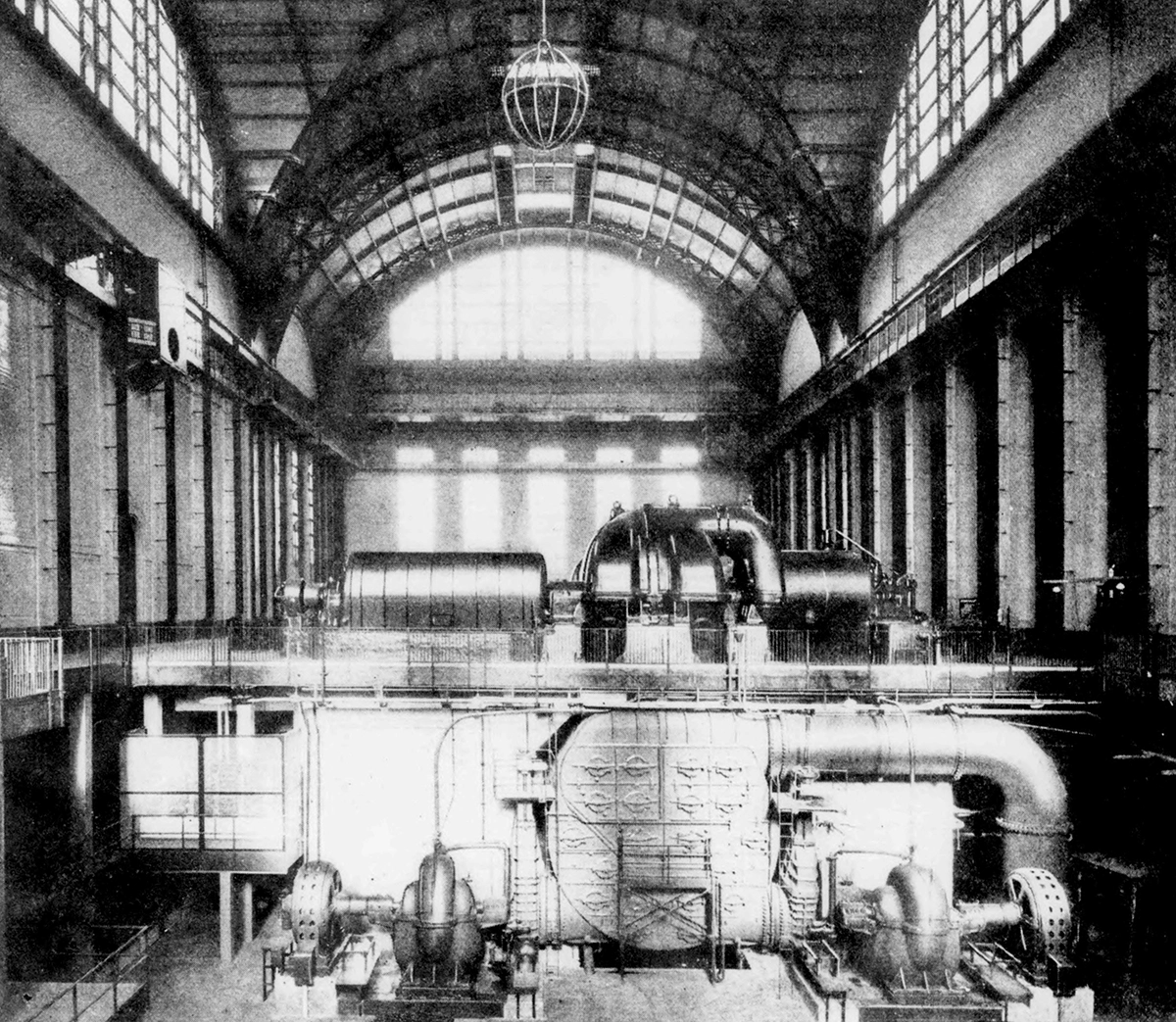
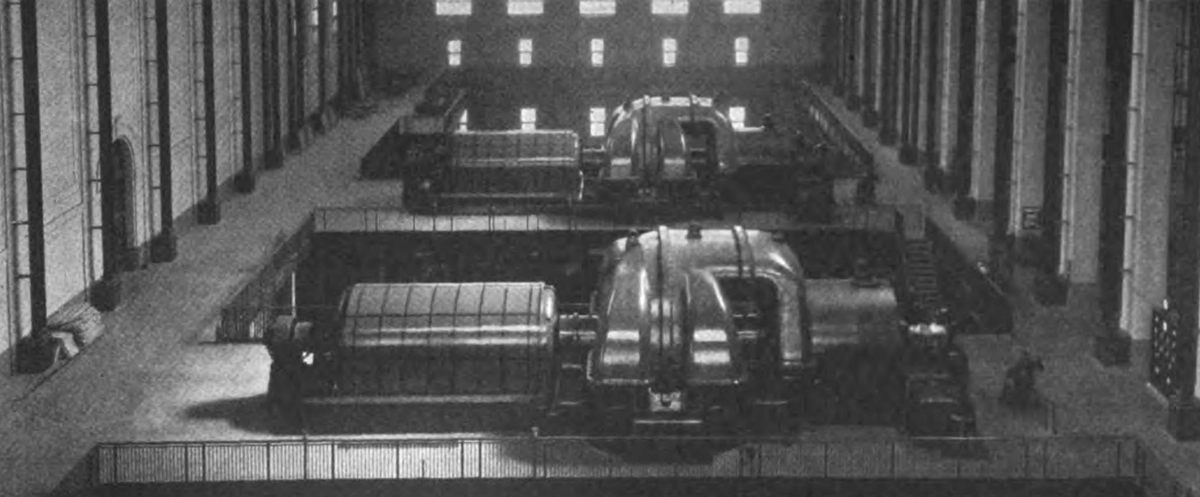
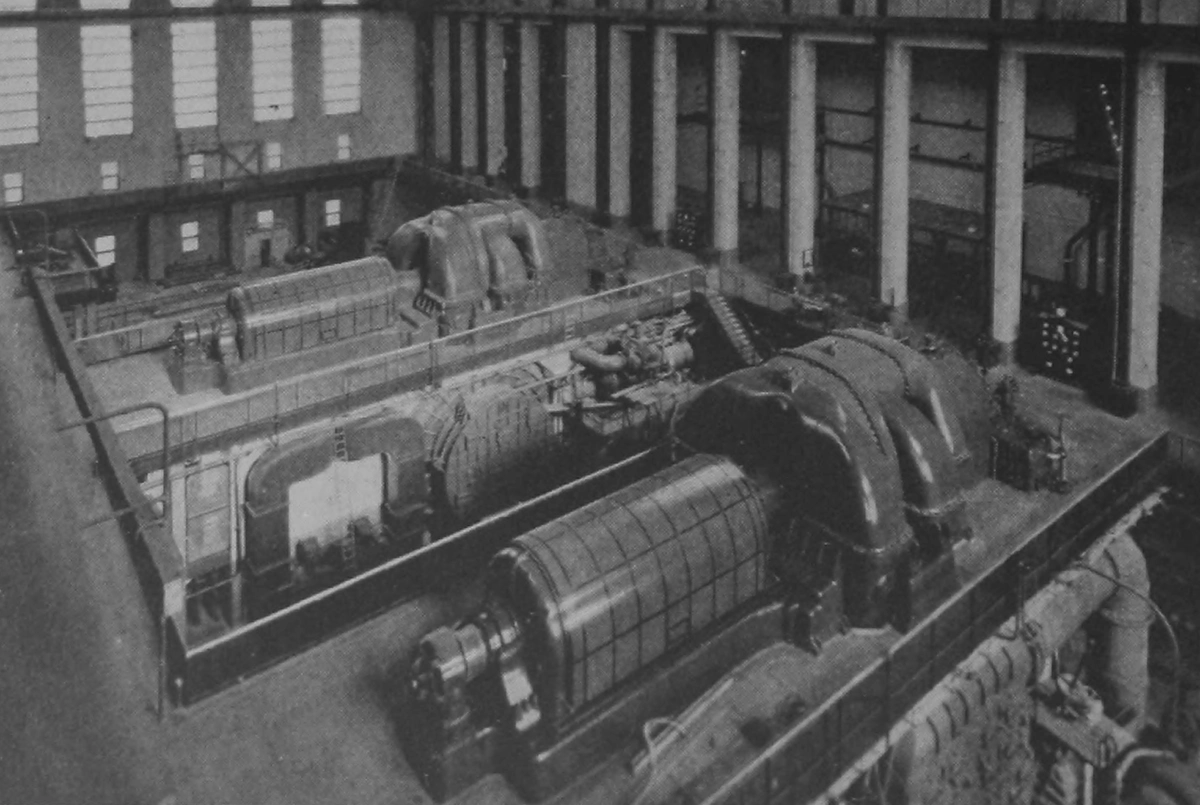
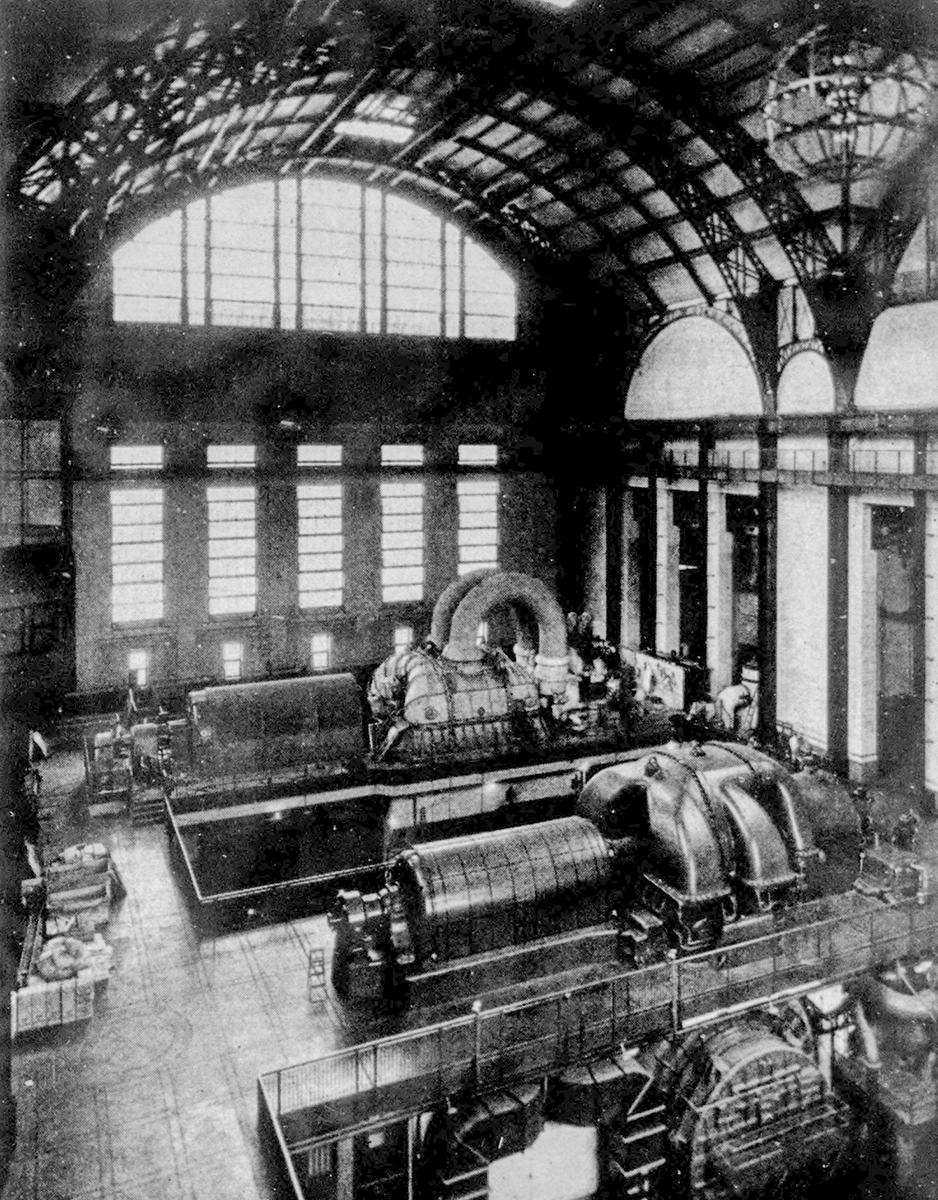
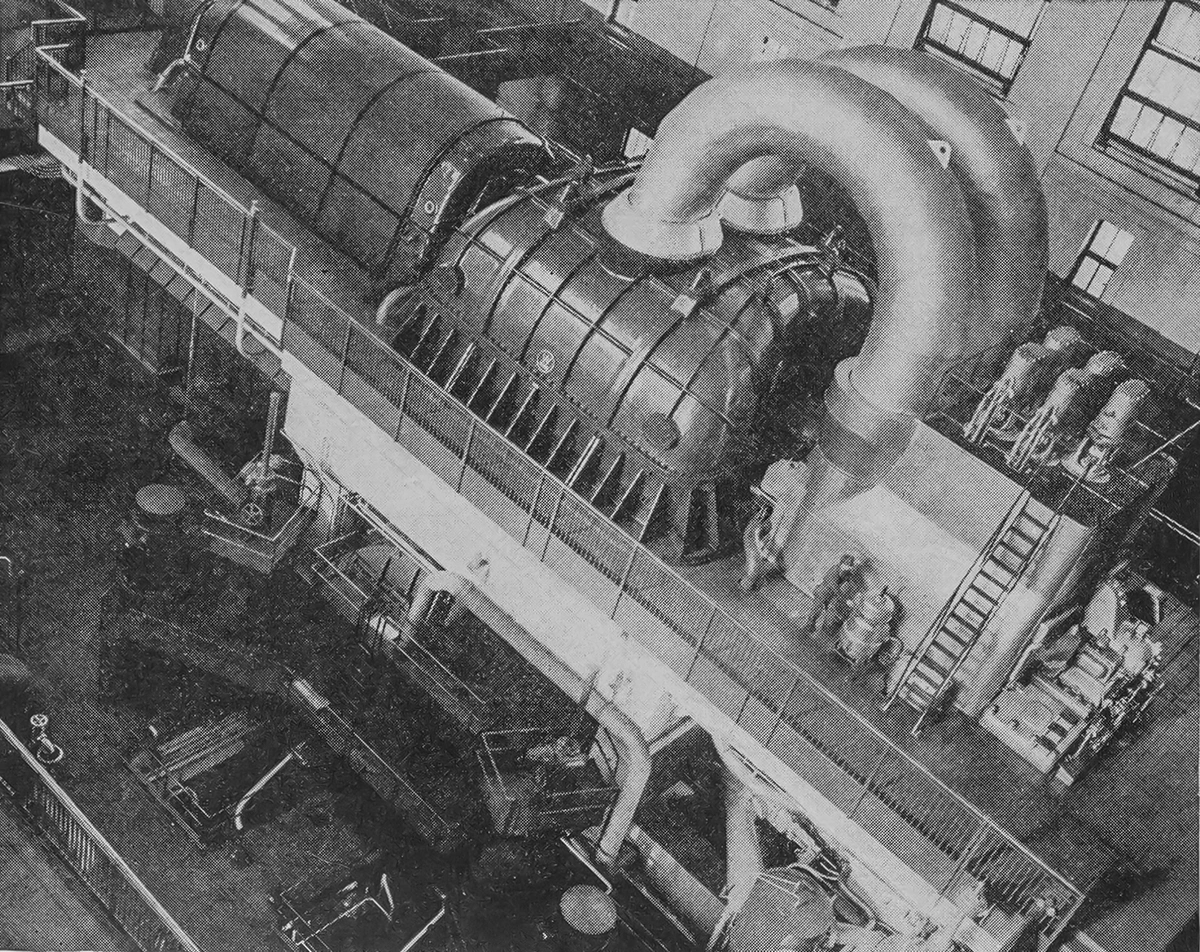
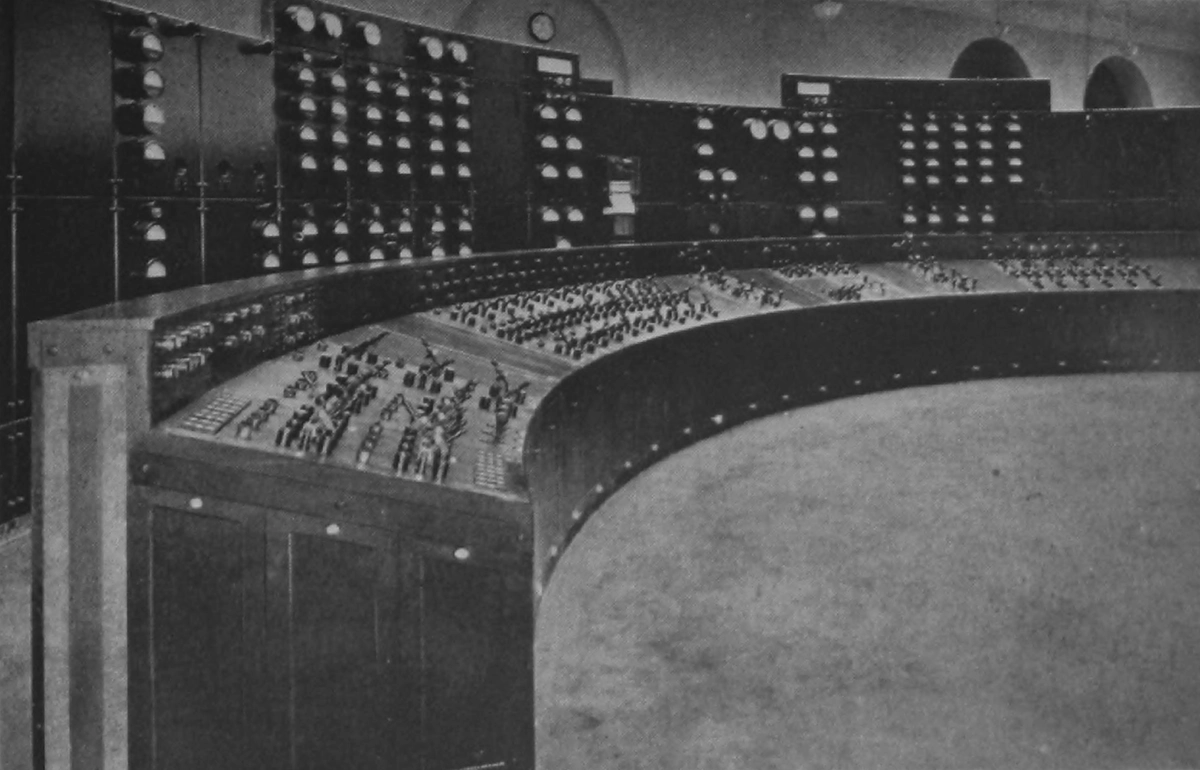
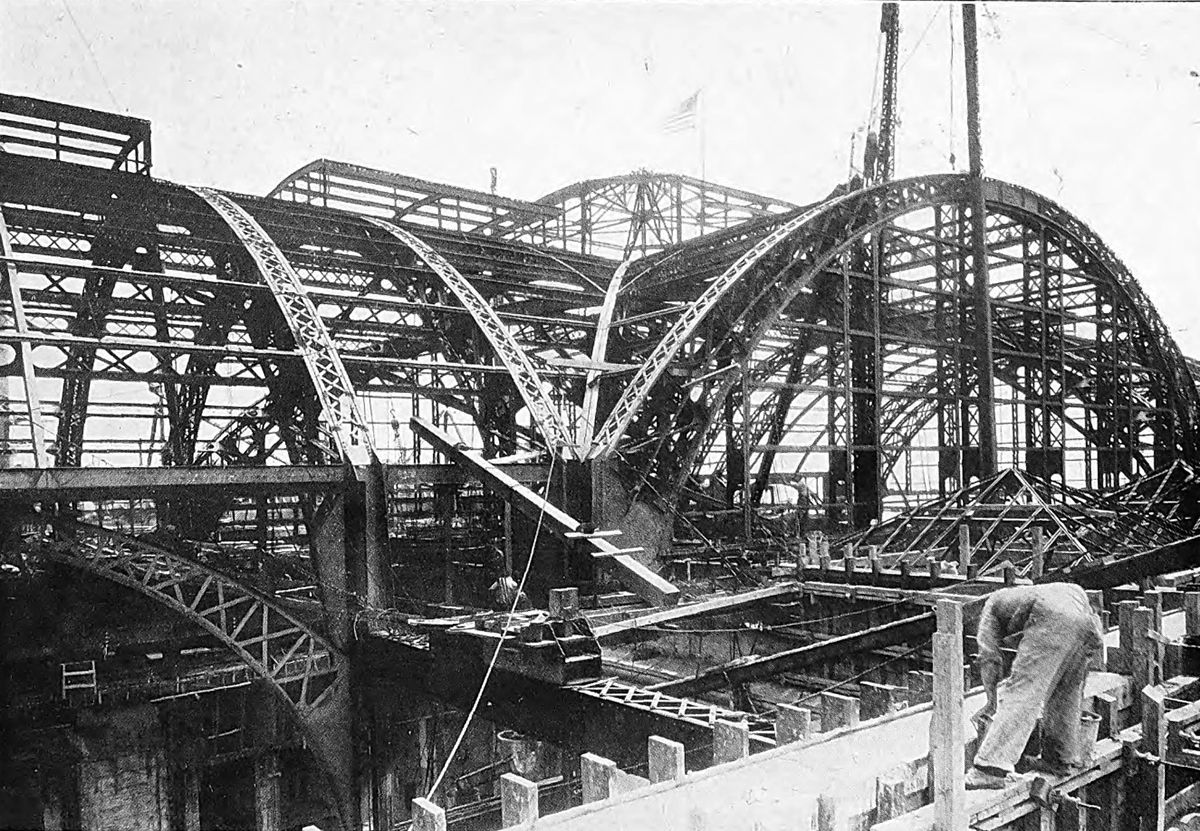
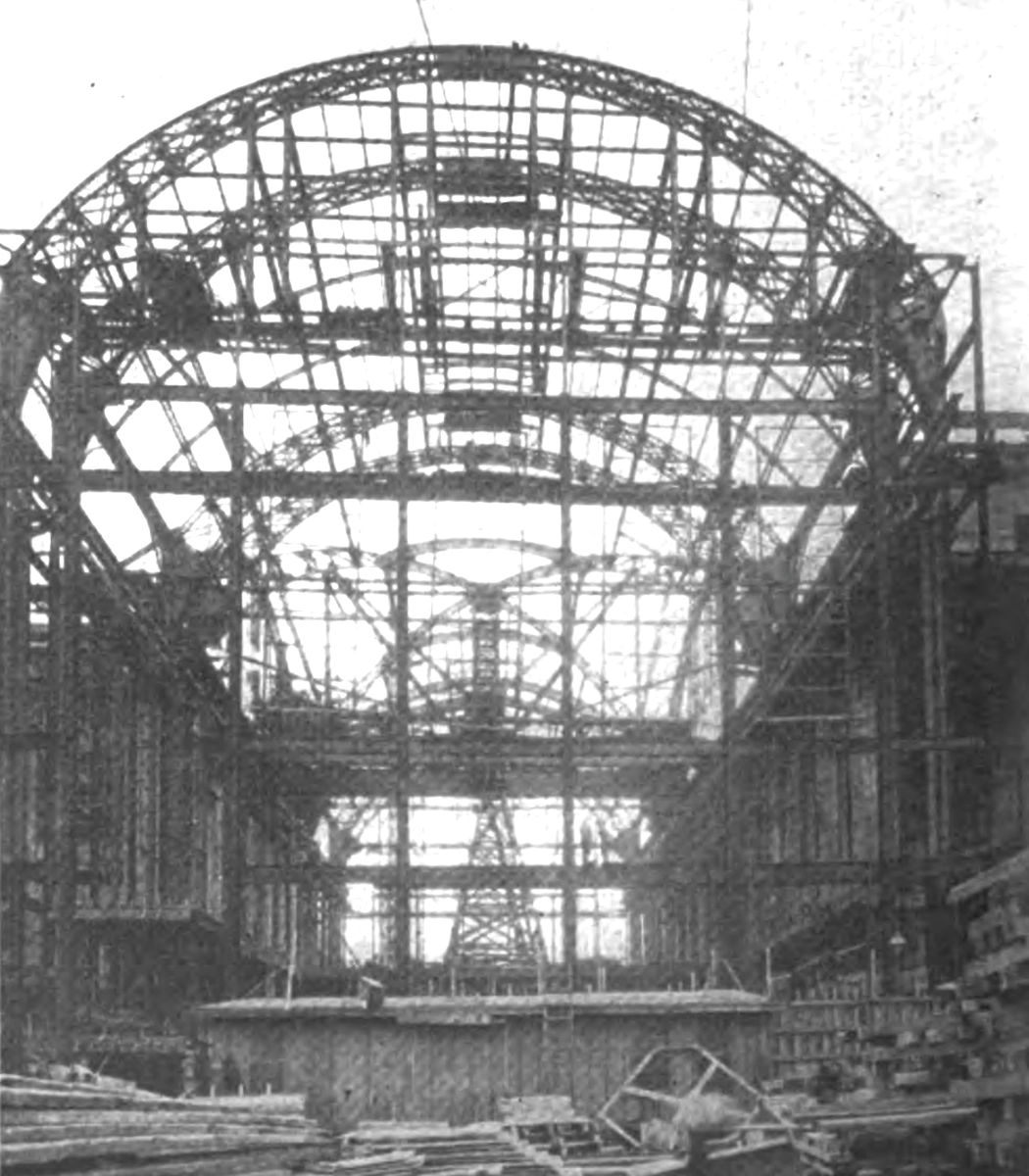
Exploring Richmond Generating Station
I was on an “official business” trip and my itinerary was partially dictated by obligations at times and places I had no control over-all of which were on weekdays which was a source of additional logistical difficulties. As for exploring, I prioritized Richmond above all else because demolition had just ramped up, so it was now or never for this awesome, legendary industrial site. Richmond Generating Station has been at or near the top of my bucket list for my entire exploring ‘career’; This is one of the first locations I had fallen in love with back when I was still young and full of hopes and dreams. It’s a unique and incredible relic from a different time, an industrial behemoth encased in an architectural facade reminiscient of the ancient Parthenon and other structures with elements of classical design.
Word on the streets was that the demolition workers were chill and it should be a piece of cake now that demolition has started. Things did not go according to plan. Despite all the crazy shenanigans I had on the itinerary for this trip, Richmond proved to be the most difficult.
Attempt #1: I arrived onsite before dawn in hopes of being the first person inside. I parked in the lot, threw on a hard-hat and walked straight in. To my surprise, I was not the first onsite. I was also the only person wearing PPE. My hard-hat made me stick out so much that I was immediately approached, questioned and forced to leave. These dudes were not even a little bit chill. This was an extremely frustrating turn of events because I had a very strict itinerary on this trip and any deviations meant a lot of logistical difficulties that I would have to overcome and re-calculate. Aside from “official business” responsibilities, I had only planned to be in town briefly, specifically for Richmond, before moving on to locations in other states. Officially, I wasn’t even supposed to be anywhere near Philadelphia.
Attempt #2: I arrived back onsite at about 1830 that night and it was my last chance before obligations elsewhere forced me to leave the area. I went the long way around. I army-crawled a significant distance across filthy coal/gravel paths mere feet from the security guards who would have easily seen/heard me on the other side of the short embankment if they just took a few steps closer. We were so close already that I was concerned they could hear my breathing, let alone my crawling. So I enlisted every fiber of muscle tissue I had to keep as much of myself off the ground as possible, all the while breathing as infrequently and quietly as possible. My skin was being grated like cheese on a grater and blackened pebbles were implanting themselves into my abused flesh. I got as far as could be gone via this route before I would have to stand up and cross a wide open ‘no-man’s-land’. But the security guard was apparently just hanging out back there. He was casually walking around, coming and going from his vehicle, etc. This wasn’t the usual spot for security to even park so I had no idea what the hell was going on. I waited until it was too dark to bother even trying any more and then made the crawl of shame all the way back over all the coal and rocks to the exit. By the time I left in failure the second time, I was black and red with coal dust and blood.
Attempt #3: After the second attempt ended in failure, I really had to get creative with my itinerary in order to have one more shot at Richmond. I got up at 0500 in a different city and explored two other power plants before driving a couple hundred miles back to Philadelphia. So I had already been up for over twelve hours and had already busted my ass exploring two other large and challenging locations by the time I arrived back at 1800. But it was now or never; This was my last chance not only on this trip but possibly ever to get inside Richmond Generating Station. I picked a different parking spot this time which was further away and less likely to draw suspicion which meant a much longer walk just to get to the plant. It had been increasingly cloudy throughout the day. Aside from the fact that the clouds alone would make any attempts at photography more difficult, I was growing increasingly concerned that it would rain me out completely-at least as far as photography was concerned. I’d still try to get inside and see it in person regardless of what happened.
Once again I crawled across coal and gravel mere feet away from security guards, this time with fresh cuts all over my arms that hadn’t yet healed from the previous attempt. This time, the guards were at least parked where I expected them to be. I made it to the edge of no-man’s land which was wide open and provided no cover. I poked my head up, waited and listened. I could occasionally hear the guards talking and making noise but they hadn’t yet come this way. At this point I was deep inside their property and far from the exit, but relatively concealed. Crossing no-man’s land, however, was the point of no return. All or nothing. I stood up, took a deep breath and ran like hell as swiftly and silently as possible. My physical exhaustion notwithstanding, my senses were fully engaged in the task. My heart pounded as I charged into uncertainty with the goal of ‘victory or death’ knowing that very soon, I would either be inside or apprehended. I stressfully tripped over rubble in various sealed exterior doorways and dead-ends along the way before I finally navigated to the far end of the massive building and the utility entrance which I had been kicked out of the day before. Luckily the gate hadn’t been secured. Just as I squeezed inside, before I even had a moment to get my bearings or take a deep breath to relax, the earth shook with a deafening KABOOM at which point the skies opened up. For a split second, I had wondered if that explosion was a demolition charge (maybe I stepped on its wires and set it off) and I was about to become a pink and brown mist. After verifying that I hadn’t exploded or shit myself at that cinematically timed explosion, I gazed around to see that my fears of being rained out had come true. It was admittedly kind of an awesome experience the way it all happened as I had just gotten inside when out of nowhere the sky exploded and I witnessed a torrent of wind and rain cascading down through the iconic arched roof inside of the legendary Richmond Generating Station which I was only now seeing for the first time myself after all these years. It was like something out of a movie and as far as dramatic introductions go, this intro was top-notch. I took a moment to thank the director and the special FX department for the scene I found myself immersed in. I felt a lot of different things at once as I was both relieved and excited to be inside, but discouraged by just about the worst weather conditions possible and also happy that I didn’t just explode in a controlled demolition while also feeling very sore, beat up and exhausted. Everything all at once. And now that it was dark and storming, I had to run around like crazy or else risk wasting all the pain, time and effort it had taken just to get this far.
So there I was, filthily taking in the views inside my longest-running #1 bucket list location in the semi-dark of the evening while the rain poured down and the wind blew so fiercely that I wasn’t sure I’d even be able to get a shot from the turbine hall. I looked up to see all the chunks of ceiling which were barely hanging on to bent rebar just swinging back and forth in the wind. I decided to see if I could find the control room somewhere deep inside this massive industrial ruin because at least it would be safer to be in there versus the turbine hall during a bad storm. I eventually found the control room and took a few quick photos of it before deciding to get up around the top perimeter of the turbine hall where I would at least be partially shielded from falling debris and from where I could at least get a few wide shots of the main hall. By the time I found my way to these various vantage points, the rain had tapered off to a drizzle but the daylight was quickly dissolving into the darkness. I headed down to the floor of the turbine hall so I could finally get up close to these things. By this point it was so dark I had to use 30 second exposures (and ‘dodged’ further in post). I ran around maniacally getting every shot I could line up and eventually wound up on the ground floor beneath the turbines which was effectively a deep, dark basement. The last shot in this set was 90% pitch black in camera and all the sliders had to be maxed out in post just to get it to the point you see here. As I was adjusting settings to experiment with bulb mode (to get 30+ seconds out of the exposure), a large chunk of the ceiling crashed down close enough that I was within the blast radius of whatever came off of it when it landed. That was enough. It was dark as hell anyway, so there was no point in even trying to keep going, especially since certain death was now a game of random chance depending on where I stood at any given moment. I then realized I had no idea how to get to the exit and it was now total darkness. It was about 20:00 still raining with varying intensity, cloudy and utterly pitch black. I didn’t want to risk using a flashlight since security was just outside, so I had to rely on a dim red light from my headlamp. I kept going into the direction I was sure I had come in from initially, but it only led to long dark hallways and unfamiliar rooms. I unintentionally repeated this dance a couple times and ended up in the same spaces which gradually seemed less unfamiliar as I re-tread the same ground looking for the exit, which meant I was gradually less sure whether it really was the wrong direction or not. It didn’t help that I was alone a thousand miles away from home and the only person who knew where I was but I was also really fucking exhausted; I had now been up for 15 hours after having explored three power plants and driven hundreds of miles all in a single day. My senses were fried and my body tried to convince me to just find a nice dry and safe corner in which to sleep. I finally gave up relying on my senses and just worked my way, methodically, around the accessible interior perimeter of this cavernous and partially demolished monstrosity while various objects continued to randomly crash down throughout the hostile and unidentifiable darkness which surrounded me. This was legitimately a rather terrifying and exhausting end to a very long and grueling day.
Considering the difficult conditions and lack of time I had to work with, I’m just happy to have gotten any photos out of here. This experience was definitely more memorable and exciting than some peaceful sunny day with perfect lighting would have been. I do regret that this was my first and probably only visit. But I had an awesome and terrible time exploring the incredible and legendary Richmond Generating Station. I would gladly do it all over again if I could. 10/10.
Richmond has already been scrapped hard since this visit took place. I was among the last people to explore it before the turbines were destroyed. RIP.
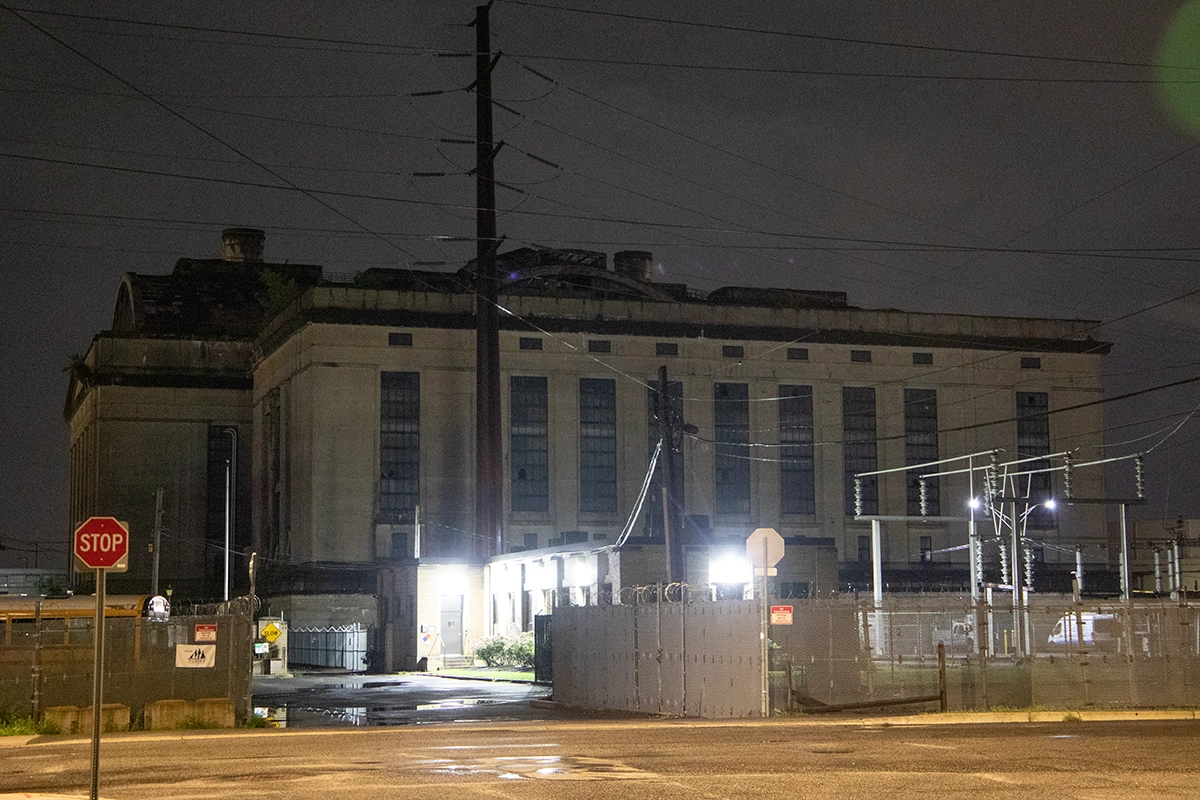
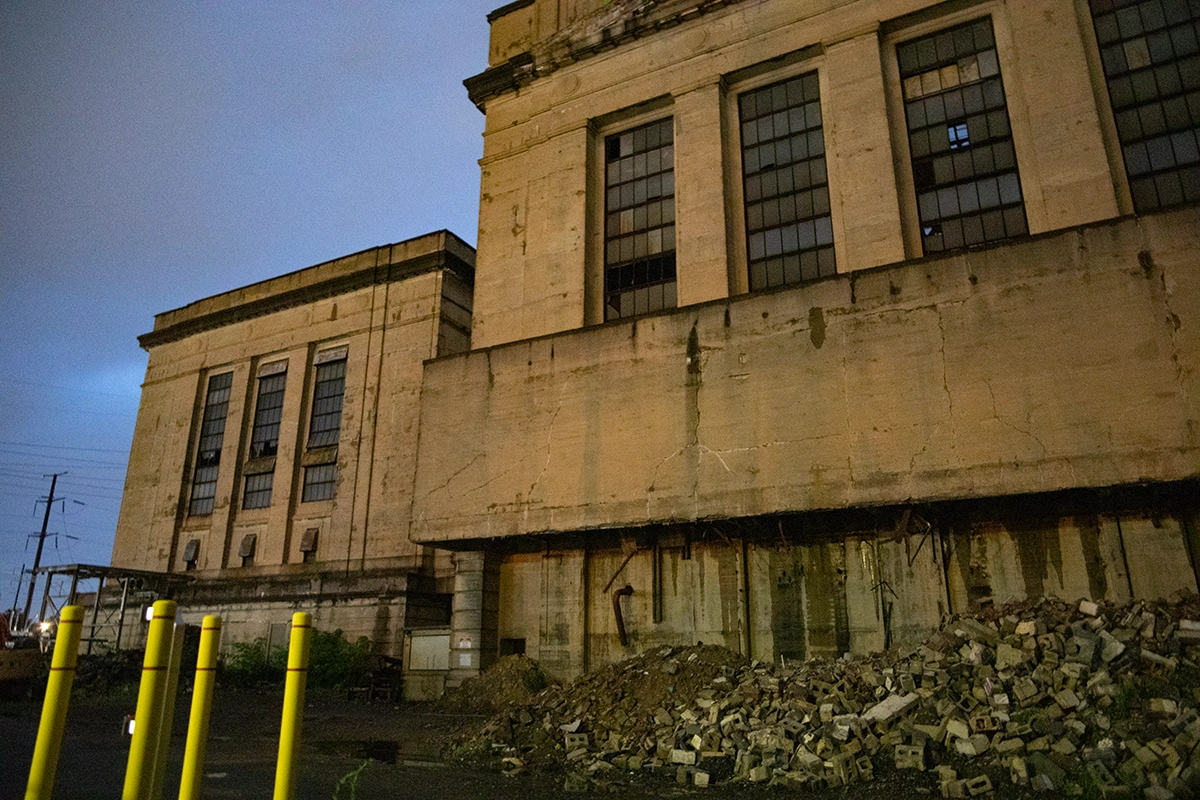
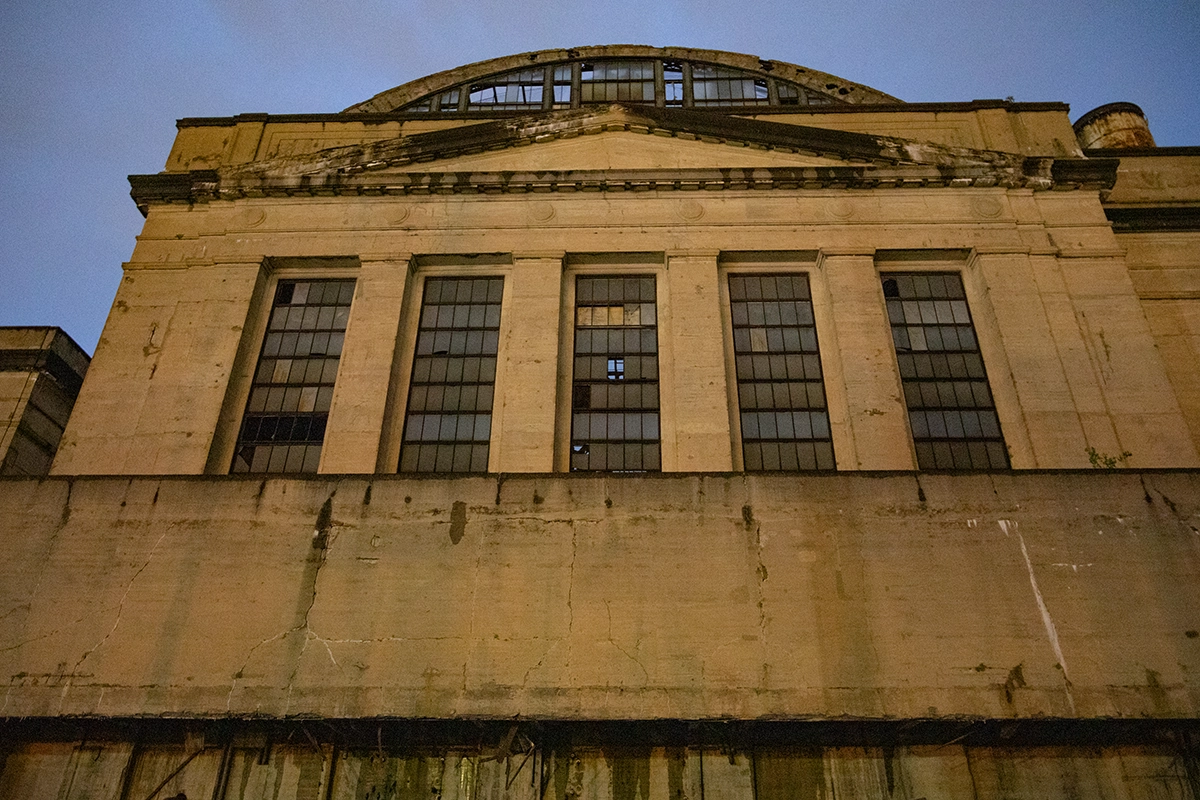
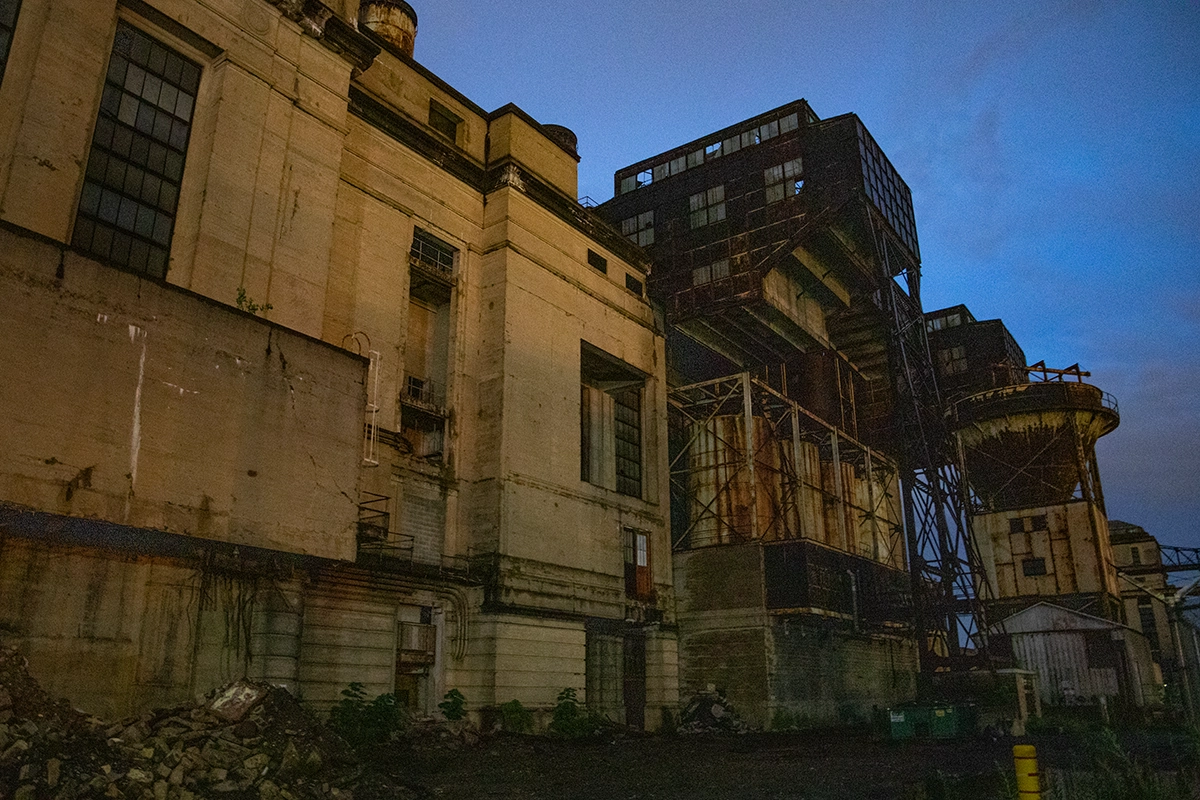
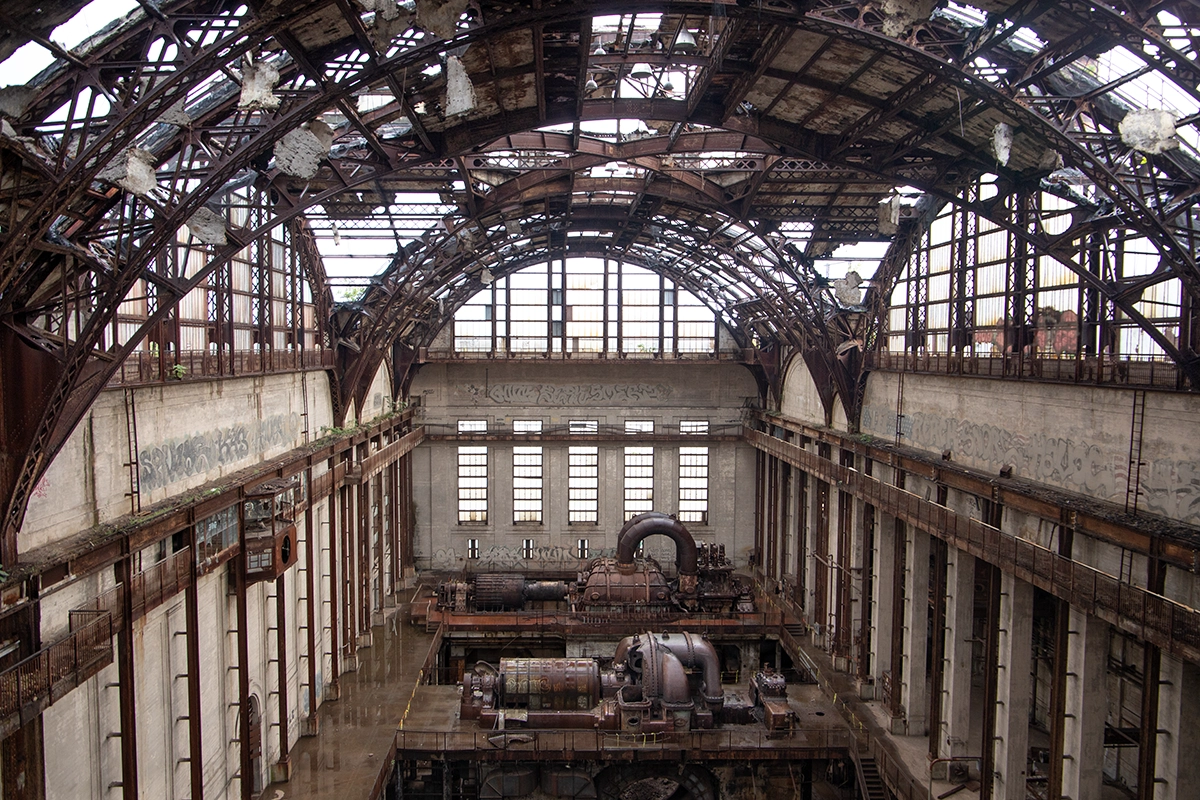
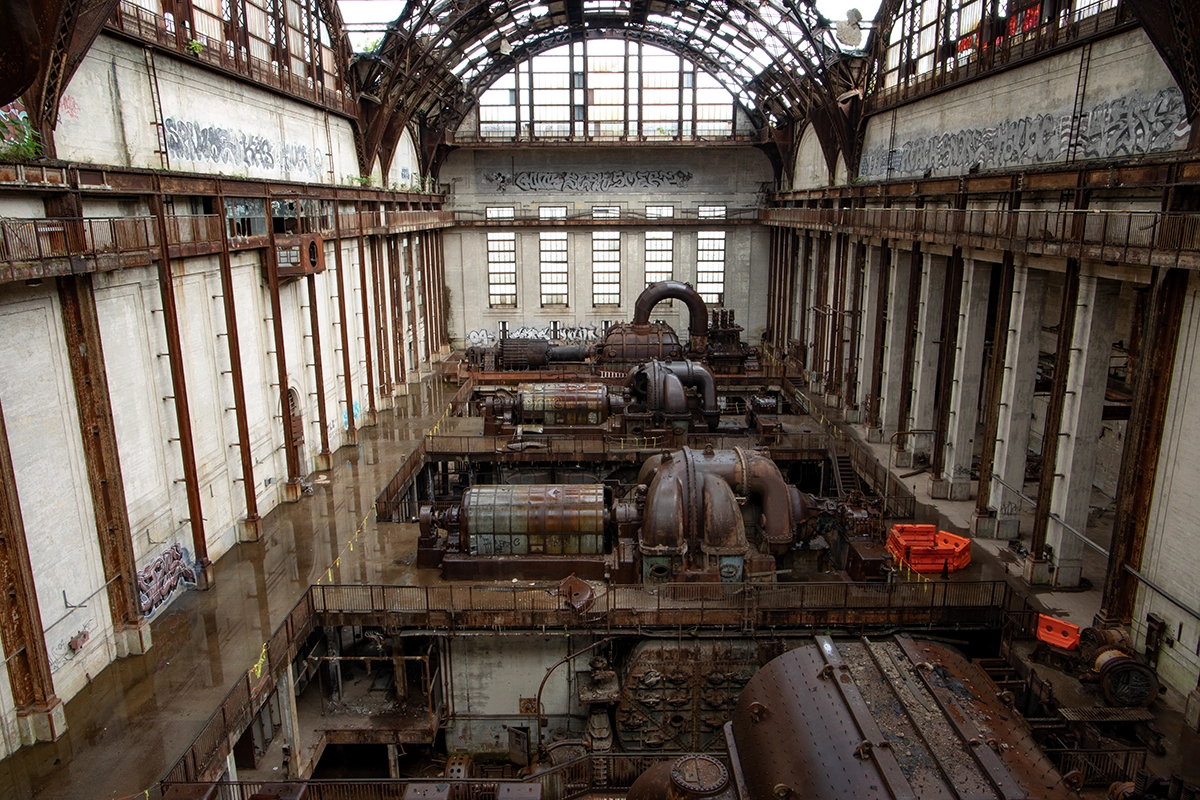
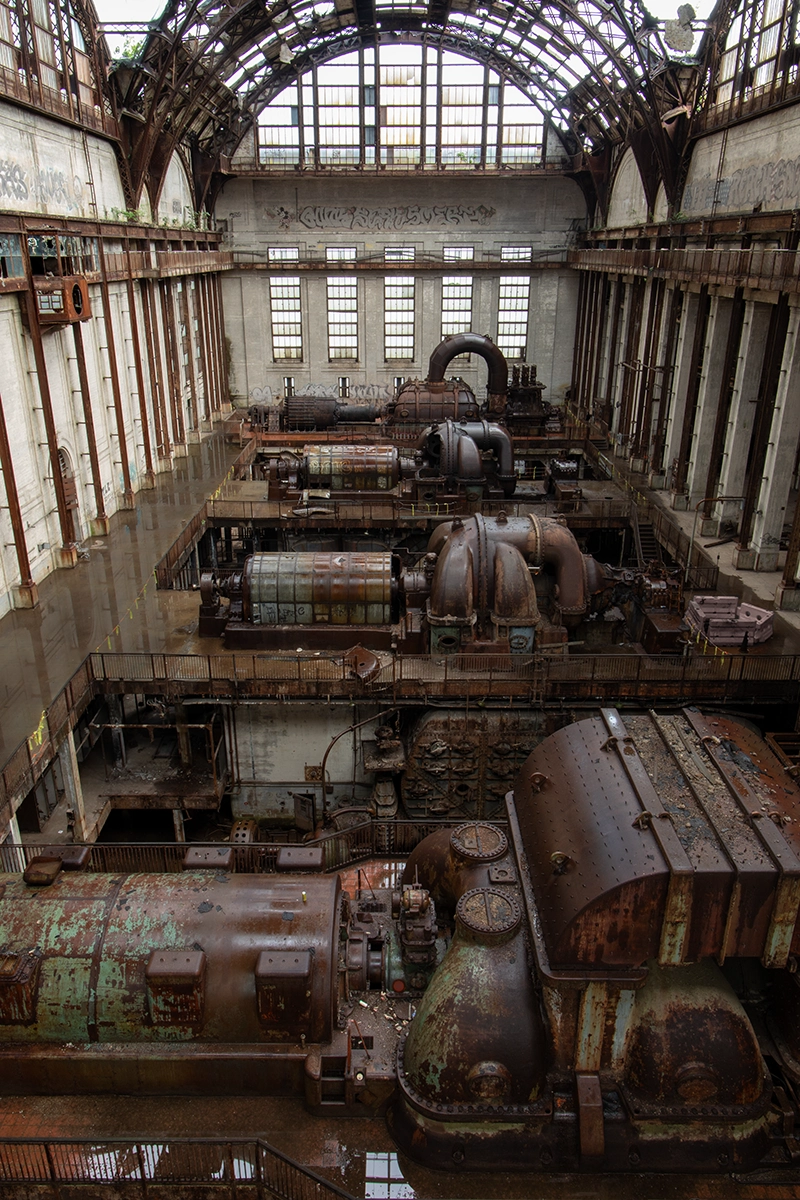
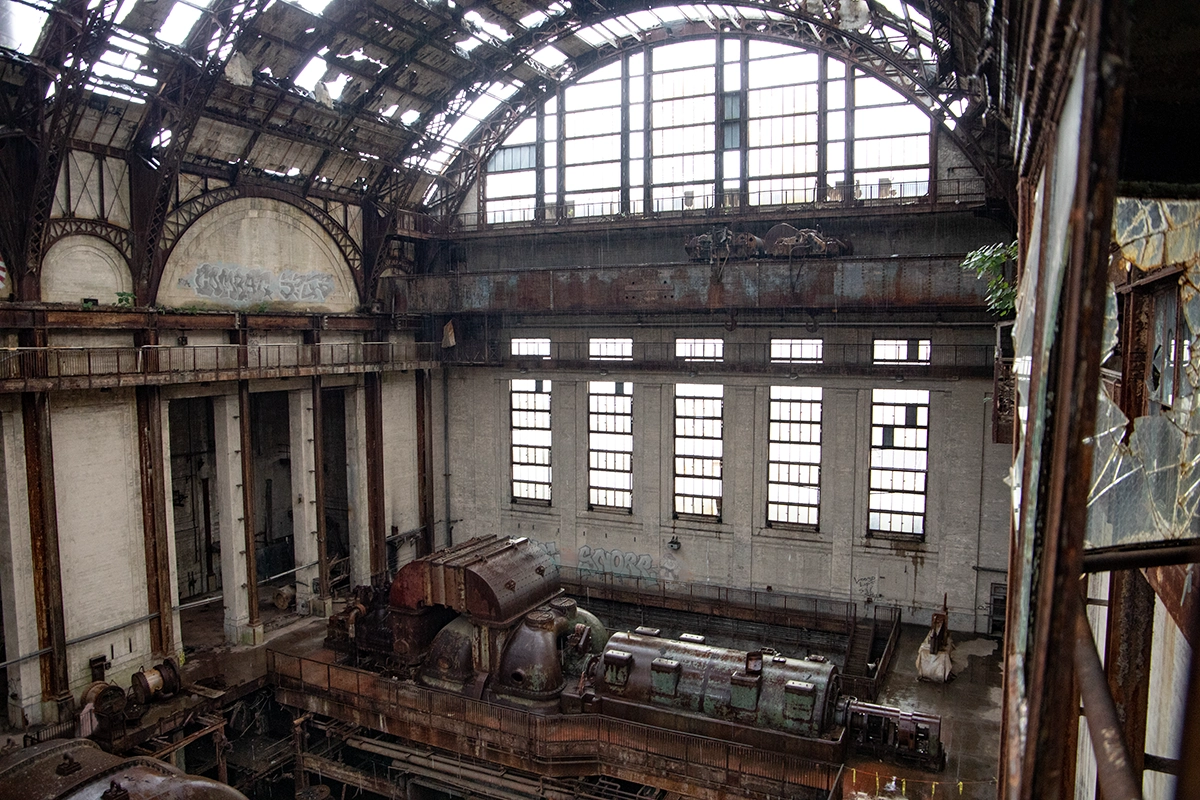
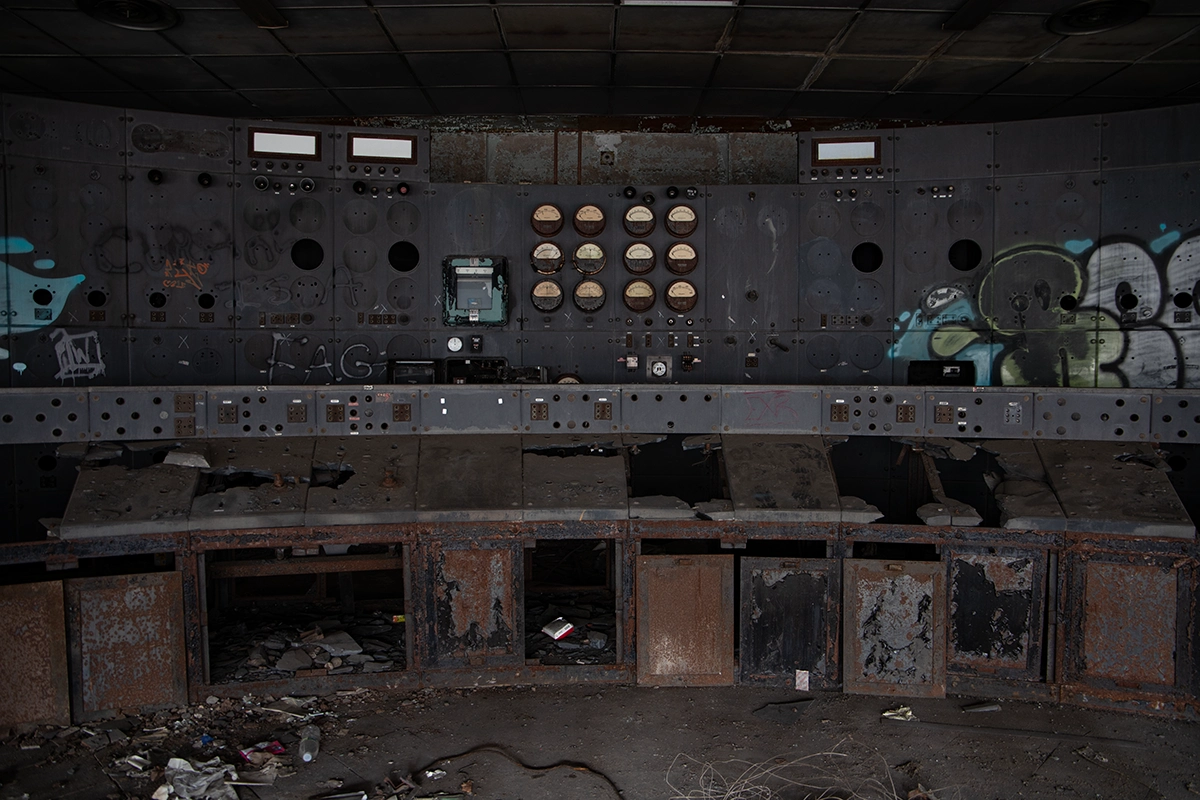
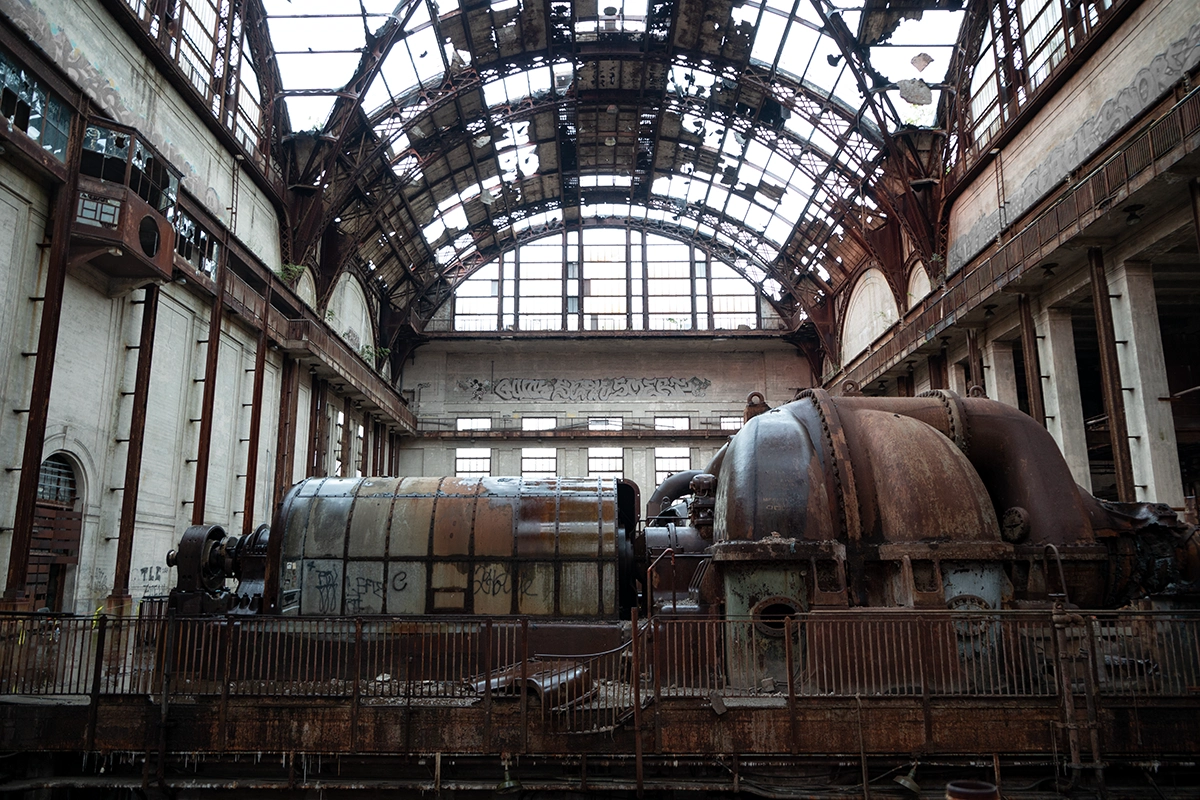
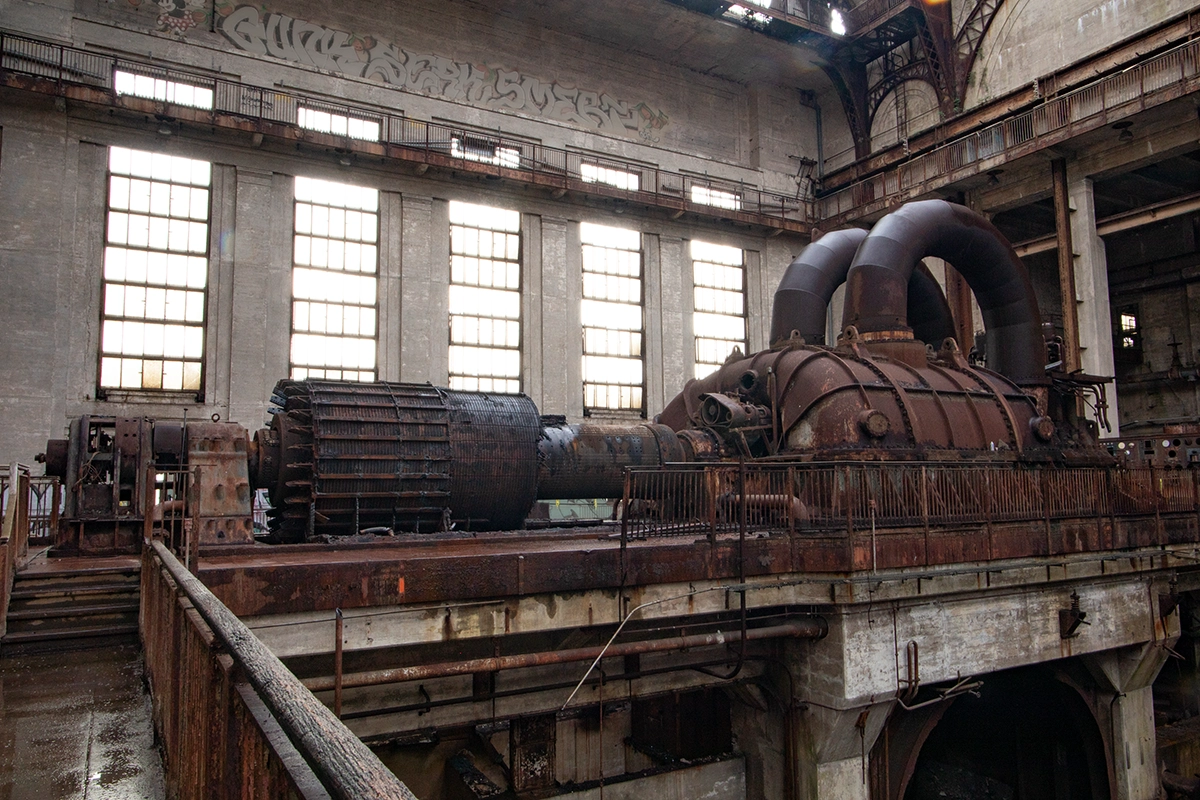
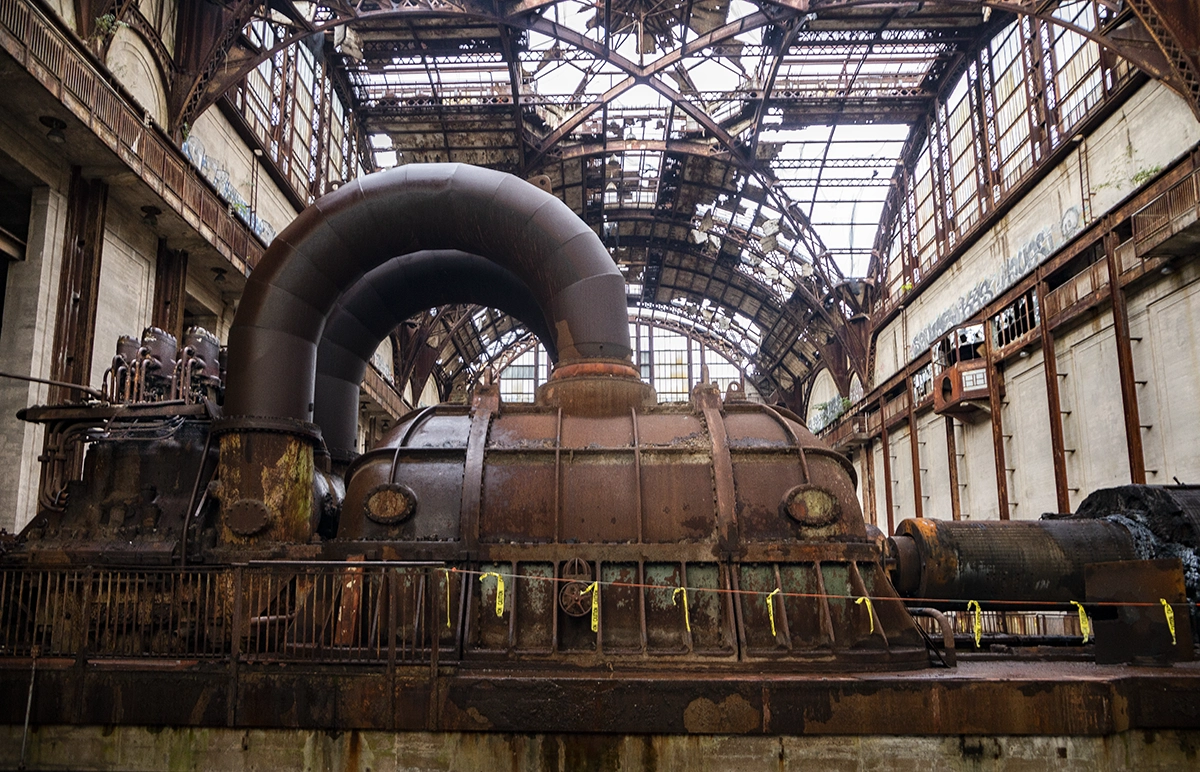
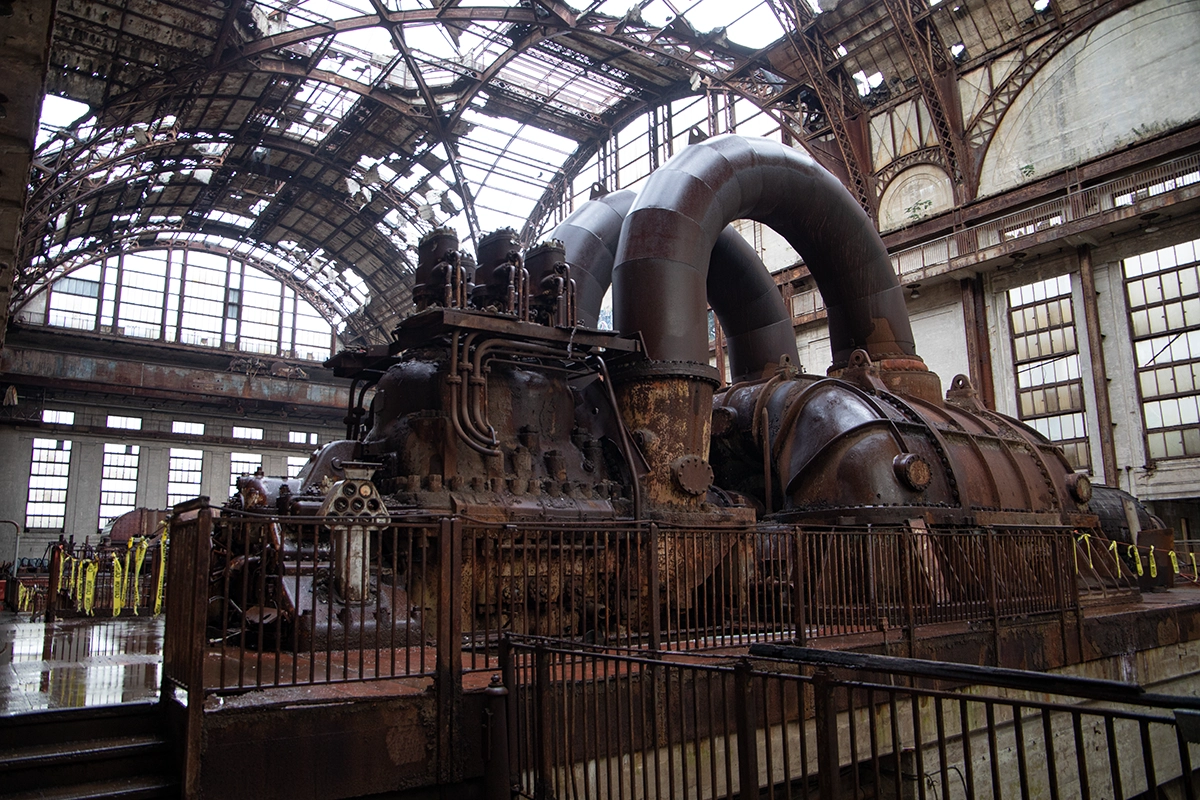
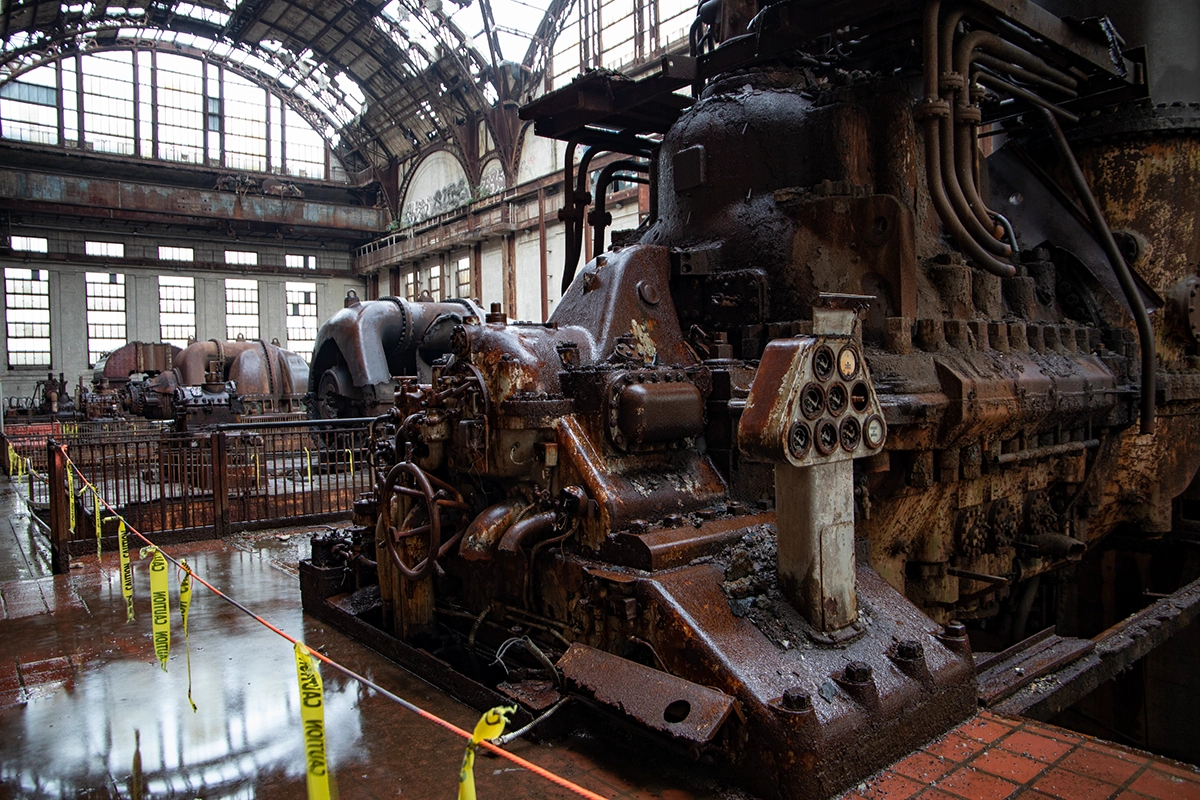
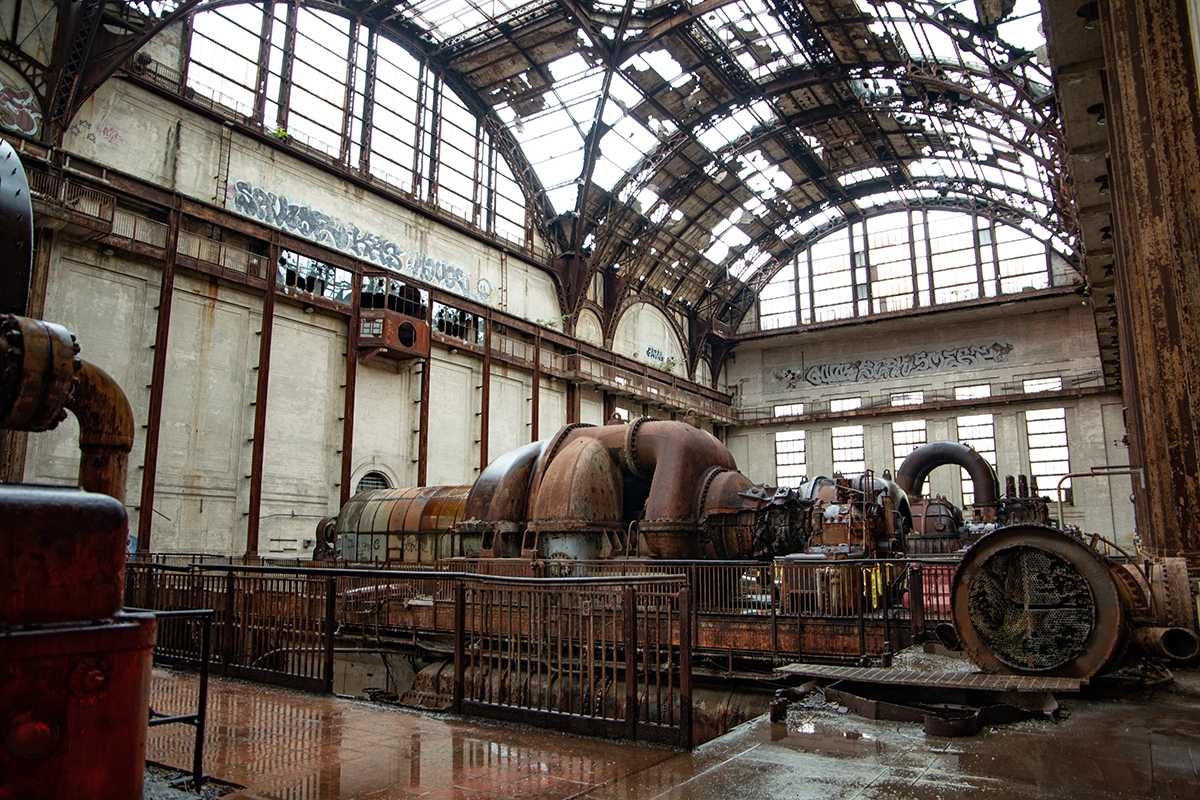
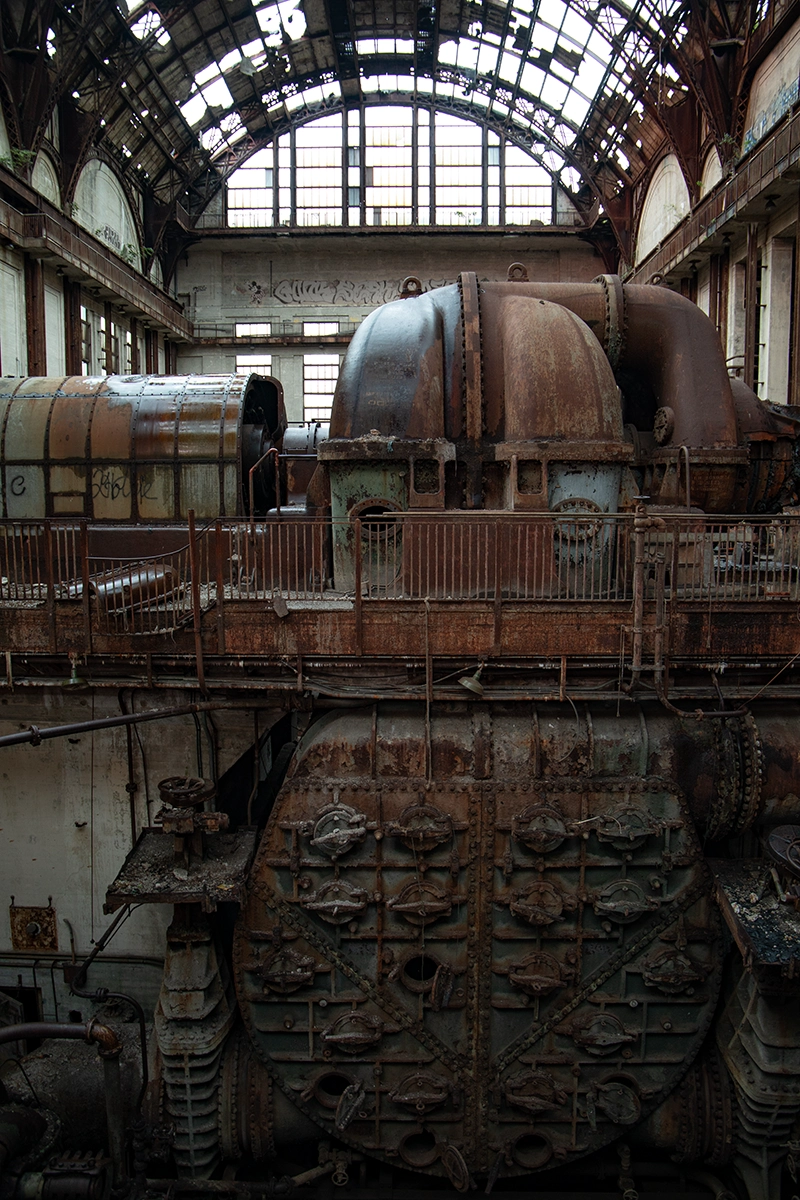
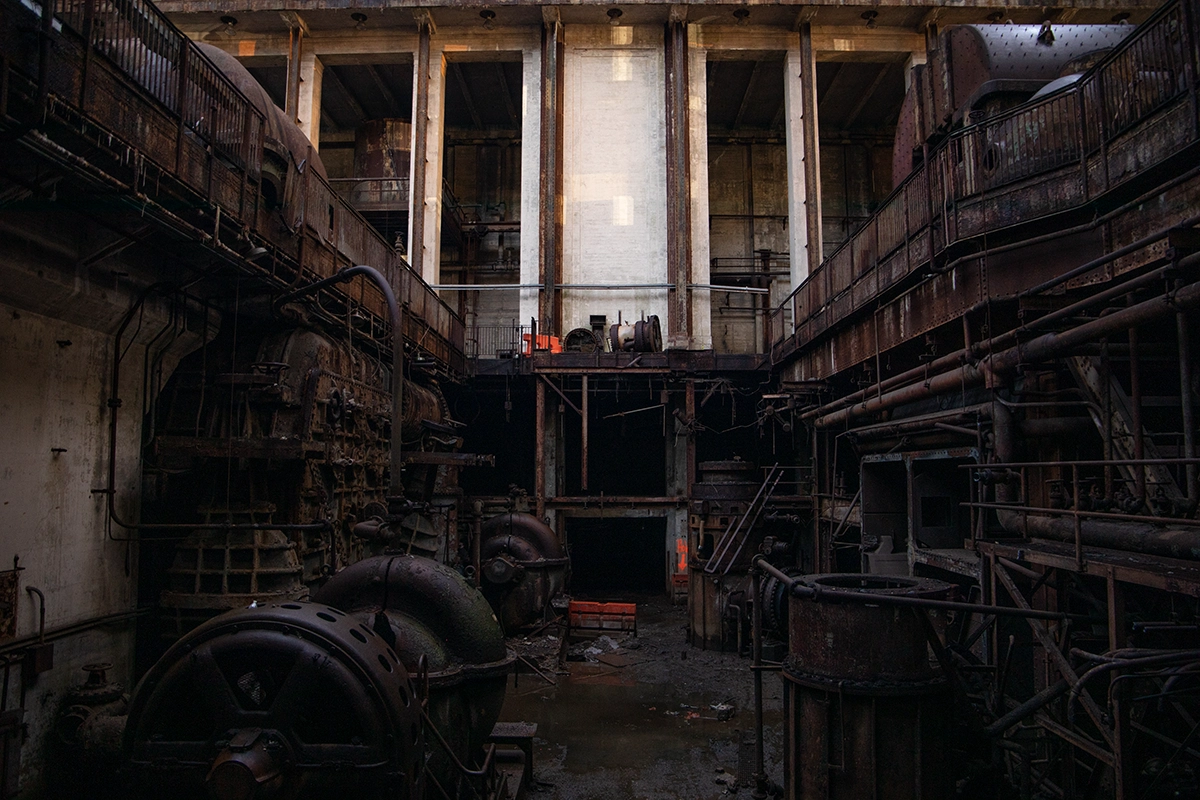
2025 Is A Wrap
With this post I now conclude the blog’s most prolific year ever with one of the greatest locations ever. This has been an incredible year and some of my best work to date. And this post represents the successful completion of my longest-running bucket list location. Feelsgoodman.gif
BUT WAIT THERE’S MORE:
2026 marks a significant milestone for the blog and we’ll get into that soon enough. To kick off such a momentus occasion, the first (real) post of 2026 is already queued up and it features THE OTHER one of my longest-running bucket list locations which I finally got around to visiting. PLUS more good stuff right after that. STAY TUNED.
















